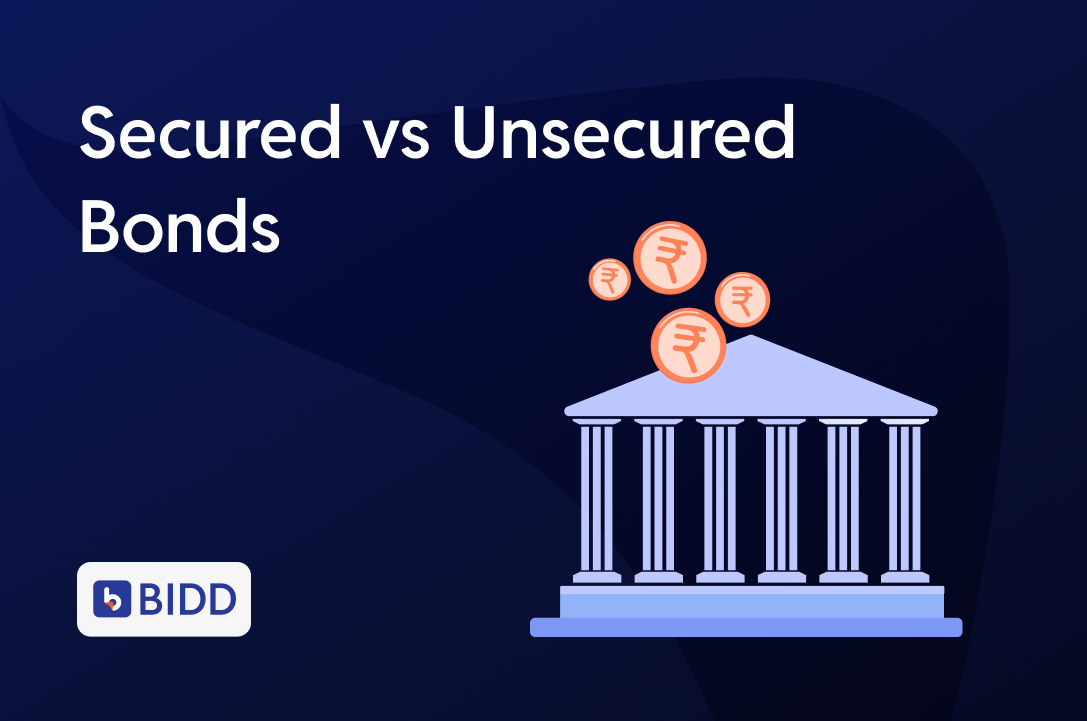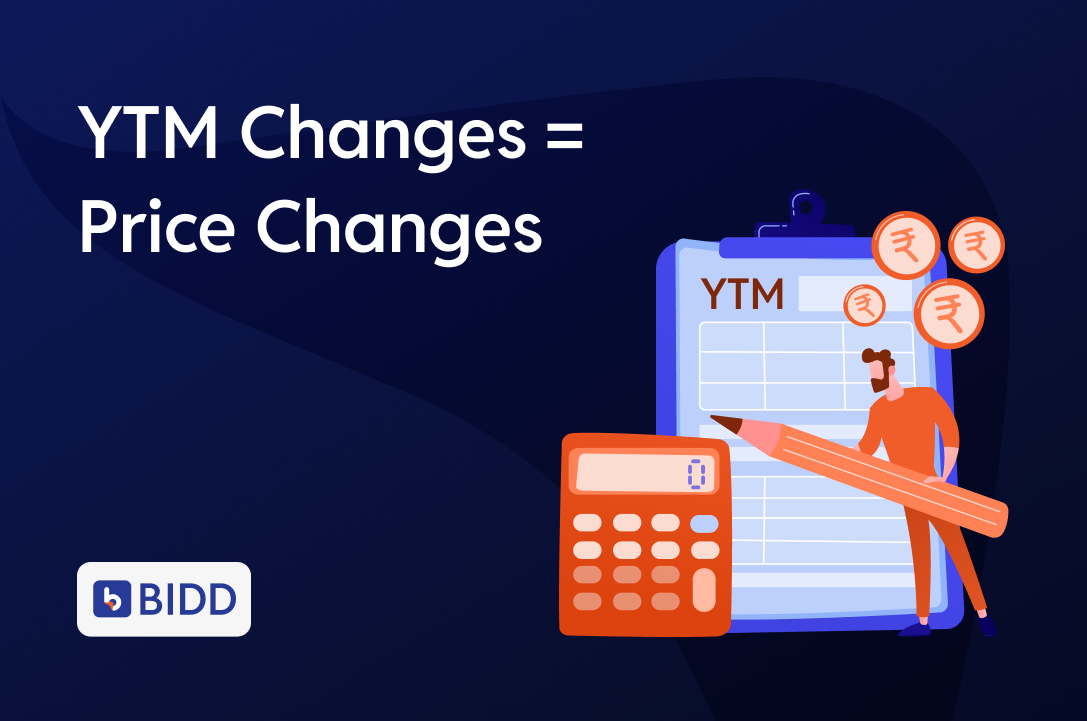Secured vs Unsecured Bonds: Know the Safety Net
Let’s Begin with a Simple Thought:
You invest in a bond.
The returns look attractive. The tenure fits your goals.
But ask yourself:
- What happens if the issuer fails to repay?
- What’s protecting your money?
This is where the distinction between secured and unsecured bonds becomes crucial.
Core Difference: Secured vs Unsecured
| Type | Backed By | Safer in Default? |
| Secured Bond | Physical/financial assets | Yes |
| Unsecured Bond | Issuer’s promise/reputation | Riskier |
In simple terms:
- A secured bond is backed by collateral. If the issuer defaults, you have a claim on specific assets.
- An unsecured bond offers no such backing — it relies entirely on the issuer’s financial strength.
Secured Bonds: Safety-First Investing
Think of a secured bond like a home loan: the lender has collateral (your house).
Similarly, companies offer security in the form of:
- Real estate
- Receivables
- Equipment
- Fixed deposits
- Equity shares
Common examples include:
- Bonds issued by housing finance companies (HFCs)
- Securitized instruments backed by loans
- Deals with escrow accounts or asset cover
| Advantages |
| Lower credit risk |
| Better recovery in default |
| Suitable for conservative investors |
| Considerations |
| Slightly lower returns |
| Requires review of asset security terms |
Unsecured Bonds: Higher Return, Higher Risk
Unsecured bonds are based purely on trust. In a default scenario, there’s no fallback asset.
They rank lower in repayment priority, often behind secured lenders.
Common examples include:
| Advantages |
| Often higher interest rates (to compensate for added risk) |
| Considerations |
| No security in default |
| Highly dependent on issuer’s financial health |
| Lower recovery probability |
Why This Distinction Matters
Not all defaults are equal.
If things go wrong:
- Secured bondholders have a legal claim on pledged assets
- Unsecured bondholders are repaid only after secured claims are settled — and often recover very little
Example Comparison:
| Feature | Secured Bond | Unsecured Bond |
| Backed By | Tangible or financial assets | Issuer’s credit quality |
| Recovery in Default | High (due to collateral) | Low (if any) |
| Risk Level | Lower | Higher |
| Returns | Moderate | Often higher (but risk-adjusted) |
| Ideal For | Conservative or first-time bond investors | Experienced investors comfortable with credit risk |
Bond B may offer higher returns — but Bond A provides stronger protection.
How to Check if a Bond is Secured
Before investing, review the bond documentation or consult a platform like Bidd.
Look for:
- “Secured by…”
- “Charge on assets…”
- “Security cover ratio (e.g., 1.2x)”
- Credit rating commentary (rating reports often note recovery strength)
Quick Recap: Secured vs Unsecured Bonds
| Feature | Secured Bond | Unsecured Bond |
| Backed By | Tangible or financial assets | Issuer’s credit quality |
| Recovery in Default | High (due to collateral) | Low (if any) |
| Risk Level | Lower | Higher |
| Returns | Moderate | Often higher (but risk-adjusted) |
| Ideal For | Conservative or first-time bond investors | Experienced investors comfortable with credit risk |
Final Thoughts
Investing in bonds isn’t just about chasing yield. It’s also about managing downside risk.
Before committing funds, always ask:
- Is this bond secured or unsecured?
- What happens if the issuer defaults?
- Is the higher return justified by the risk?
Smart investing starts with due diligence.
Know what’s backing your money — and invest accordingly.


